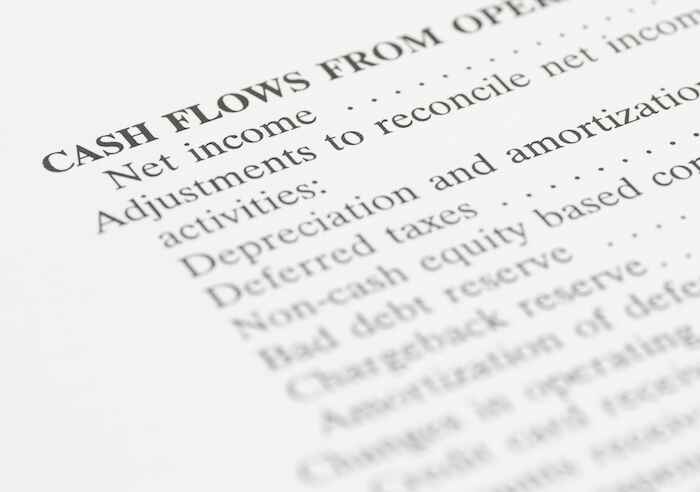Three Rules for High-Risk, High-Reward Investing
Robert Ross|November 21, 2023

High-risk, high-reward investing is back.
Whether it’s the latest crypto rally (which I tipped you off to here), the steady rise in high-growth stocks or even last week’s surge in small caps, the market for high-risk investments seems to have found its footing.
Naturally, many folks are asking whether they’ve missed the boat on these types of trades that have the potential for massive gains.
There isn’t a one-size-fits-all answer to that question. While I have a handful of indicators I watch for crypto (which you can read about here), they are very different from the indicators I watch for small cap stocks.
But regardless of what high-risk investment you’re looking at, you should have a few guidelines to make sure you’re taking on “smart risk.”
Rule No. 1: Be Tough on Your Losers
It’s safe to say you’re reading this newsletter to learn how to make money…
Which is why what I’m about to say is going to sound very strange.
Making money should not be your main goal.
Instead, not losing money should be your aim… because if you keep your losses small, the upside will take care of itself. And that’s especially true with high-risk, high-reward investments.
For instance, the table below shows that as your losses increase, the gains required in order to break even increase exponentially…

The more you lose, the less favorable the math gets. If a position in your portfolio falls by 50%, that position needs to rise 100% for you to break even. And if a portfolio position falls 90%, you need to make a 900% gain to get back your initial investment.
This is why minimizing losses is so important. It’s a key reason I tend to sell any position that falls 35% or more. If you can avoid big losses, you can avoid needing big gains just to break even.
Rule No. 2: Risk a Little (to Make a Lot)
I published a book with Simon & Schuster called A Beginner’s Guide to High-Risk, High-Reward Investing.
While many people expect this book to be all about trading tactics and my “secret sauce,” they’re often surprised to find it’s mostly a risk management book.
One reason I took this approach is I got hundreds of notes in 2021 and 2022 from people who did not know how to use high-risk strategies effectively. They’d buy options or get into a high-risk investment like a new “altcoin” without any regard for how they’d manage their risk.
The fact is… high-risk investments should make up a small percentage of your total portfolio. While everyone has different risk tolerances and investing goals, the key to high-risk, high-reward investing is to risk a small amount of capital to make a lot of money.
Most of the time, your trade will be a loser – sometimes even 9 times out of 10. But the goal is to make up for those incremental losses (and then some) with a big winner. This is a strategy I’ve used in my own investing portfolio for years with lots of success.
And that brings us to our third rule…
Rule No. 3: Pick the Right Horse
This part is a little harder to summarize in a few hundred words (which is why I published a 250-page book on the topic).
But overall, the goal should be to stick with the highest-quality assets in every high-risk sector.
This means that instead of speculating on an unknown altcoin you heard about from a co-worker, you should hold time-tested cryptocurrencies like Bitcoin and Ethereum.
It also means that instead of trading options contracts that expire at the end of the day, you should stick with long-term equity anticipation securities, or LEAPS, on strong large cap companies that are growing their earnings.
And instead of buying a tiny pre-revenue microcap stock, you should stick with small caps that are massively growing their sales but are flying under investors’ radars (you can learn about my top picks here).
High-risk, high-reward investing is not for everyone. And I understand some not wanting to jump in for fear of getting burned.
But my goal is to help investors of all stripes use these strategies in a way that doesn’t set them back from achieving their long-term investing goals if they take a few losses.
And when the setups are as favorable as they are right now, it’s a great time to take a small percentage of your portfolio and try to turn it into a larger percentage of your profits.
You can see how I’m doing it here.

Robert Ross
Robert Ross’s unique style of clear and direct stock research helped him build a massive following in the investment research industry, starting his career at investment research company Mauldin Economics and quickly rising through the ranks to become one of the youngest chief analysts in the industry. Today, over a million investors turn to Ross every month for his take on investing, economics, and personal finance. He now shares his unique insights in Total Wealth and Manward Money Report.





